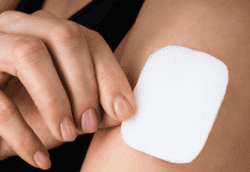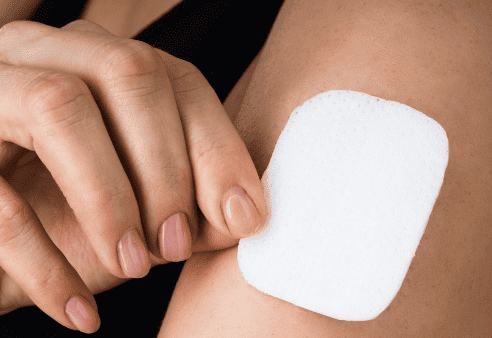When you imagine taking medication, you may picture taking a pill. This is one of the most common forms of medication administration, but by no means the only one. There are many ways drugs can be introduced to the body, each with its own distinct benefits and disadvantages.
Medication administration is a complicated process that can have safety implications when mishandled. To learn about different methods, including how and when to apply them, a medication administration course, such as the one found at www.tidaltraining.co.uk/health-and-social-care-courses/safe-handling-medication-training, may be useful.

Orally
One of the cheapest and safest ways to administer medication is by mouth. This could mean a tablet, capsule or liquid. The main issue is how the drug moves through the body, sometimes progressing as far as the small intestine before being absorbed into the bloodstream. This means it can take longer for the drug to begin to work, and a larger dose may be needed. Food consumption may influence the effectiveness of oral medication. Sublingual and buccal methods involve drugs being placed in the mouth where they dissolve.
Injection
Another common method of medication administration is by injection, whether intravenously (directly into a vein), intramuscularly (into a muscle) subcutaneously (just under the skin) or intrathecal (around the spinal cord). Intravenously is the fastest (though can be tricky to administer), but some injections are formulated for delayed or prolonged reactions so that they work days later. Doses can be smaller than in oral delivery.

Through the skin
Injections are not the only way medication can be delivered through the skin. Implantation is common as a method for providing long-term, reliable hormonal birth control. Transdermal patches can provide a continuous, consistent supply of medication that may otherwise be quickly used up by the body. Patches do sometimes cause skin irritation and are not good for large doses. Skin creams are applied on top of the skin, normally for conditions such as eczema.
Each form of medication administration is appropriate in different circumstances, depending on your medical condition(s), the nature and effectiveness of the drug, and a range of other factors.

